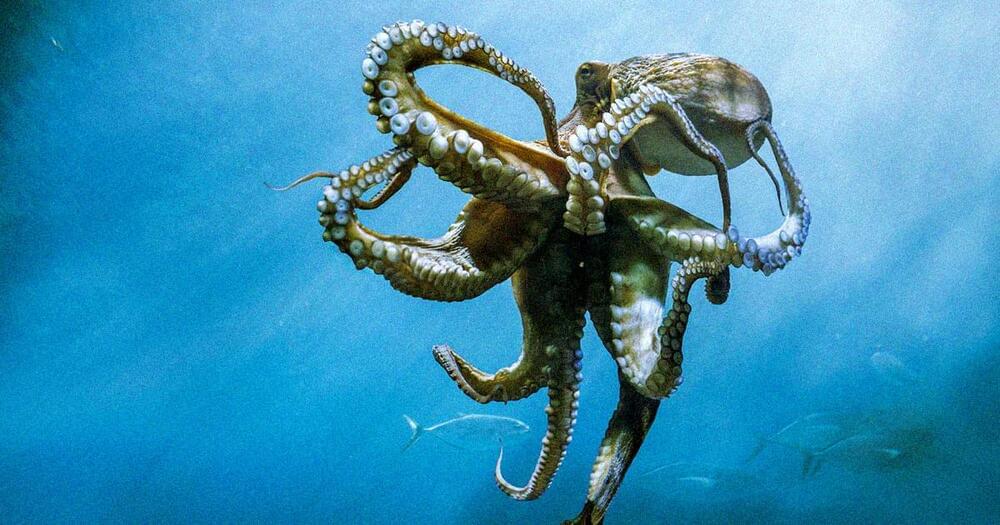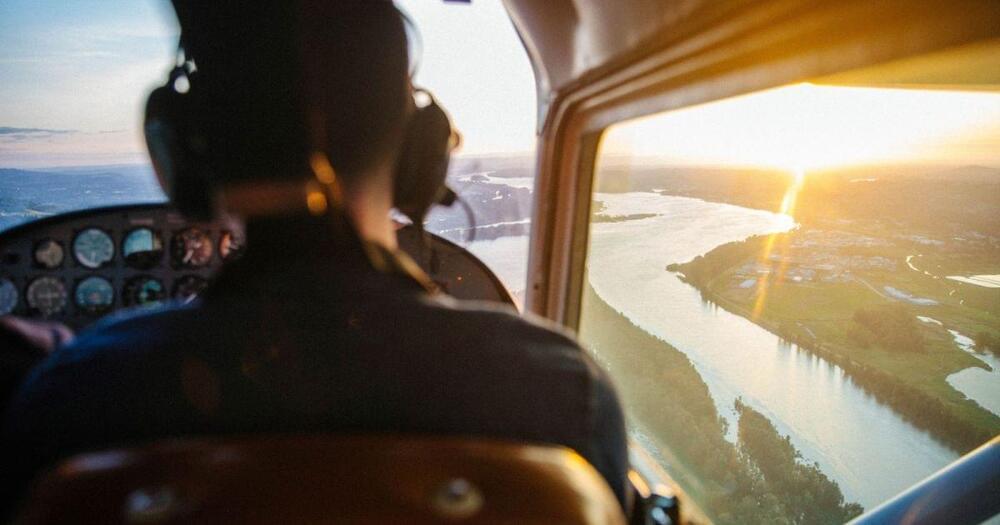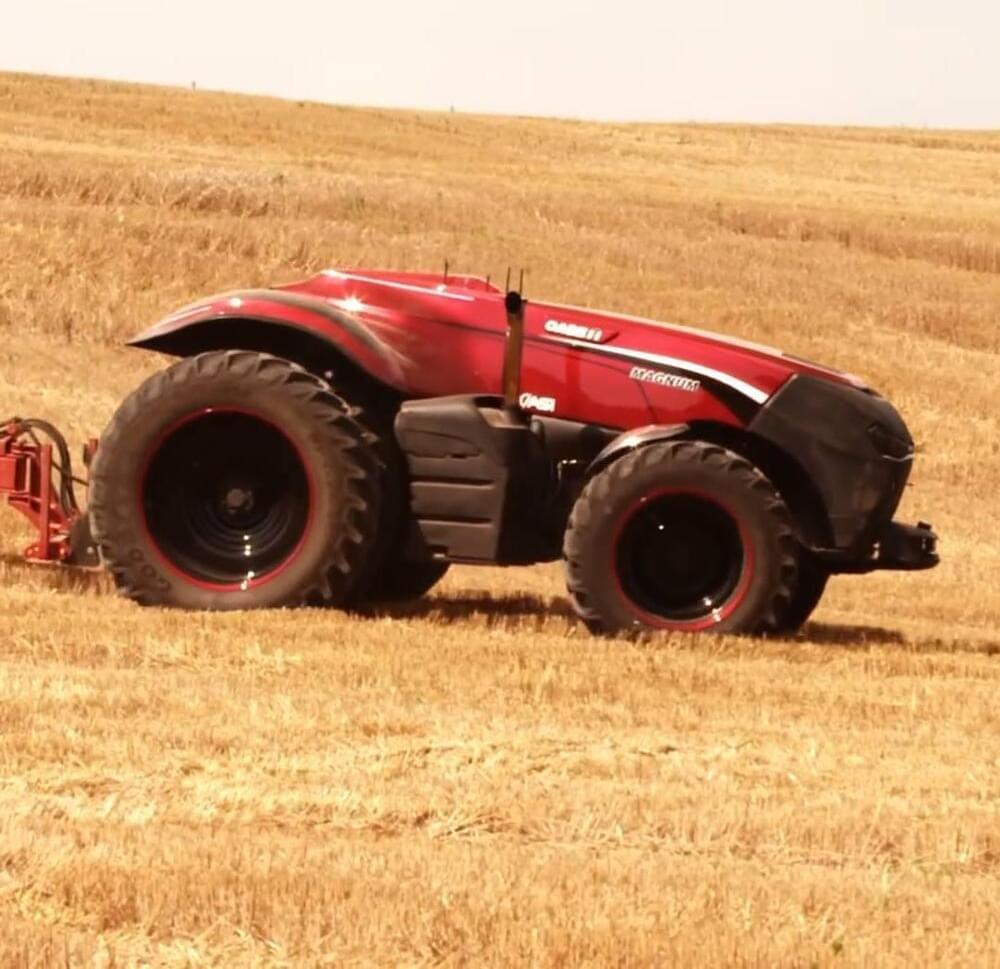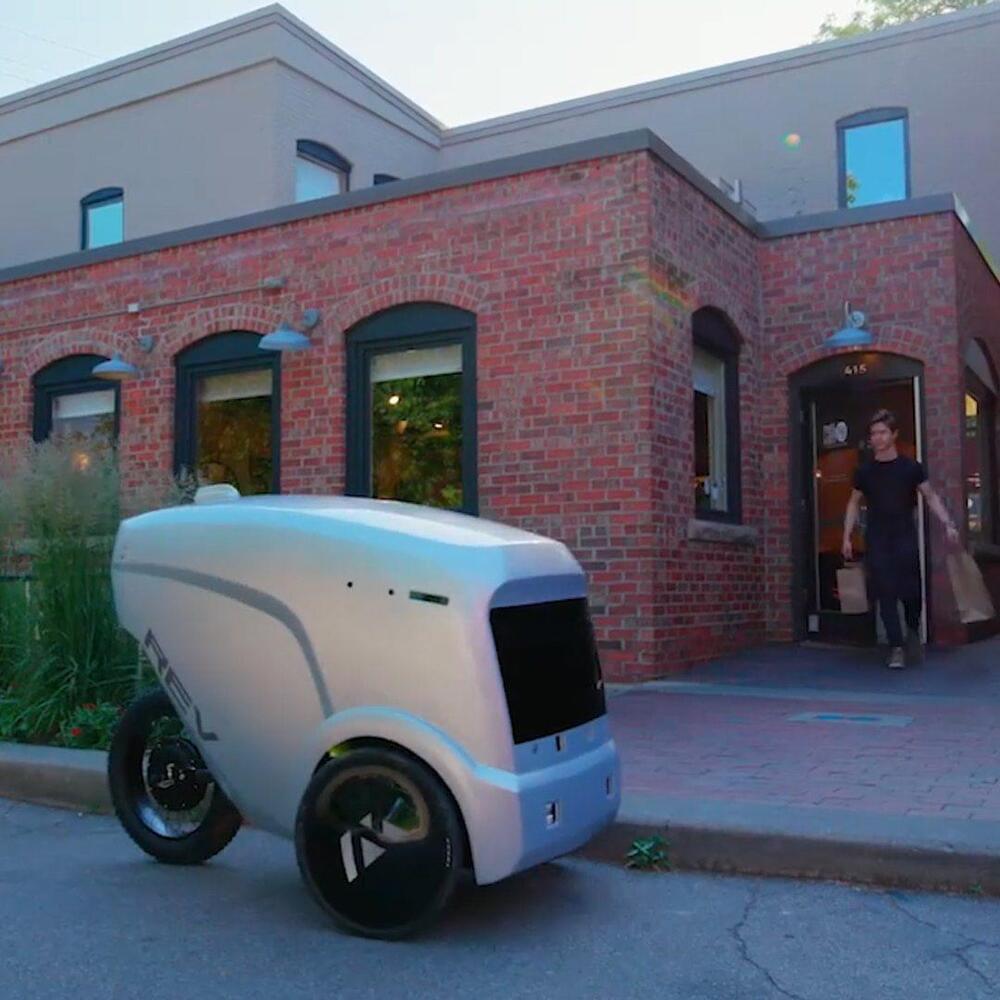May 26, 2022
United Kingdom Declares Octopuses, Squids Are Sentient Beings
Posted by Quinn Sena in categories: food, government, policy
😃
The United Kingdom has confirmed what everybody who ugly cried during “My Octopus Teacher” already knew: Octopuses are sentient — capable, that is, of perceiving things like pain and pleasure.
The country is adding an amendment to its Animal Welfare Sentience Bill to recognize creatures such as octopus, crabs, squids, and lobsters along with “all other decapod crustaceans and cephalopod molluscs” as sentient creatures, according to a press release from the UK Department for Environment, Food & Rural Affairs. The bill aims to ensure animal sentience is taken into account when developing government policy, and as such could inform debates around animal rights and dietary choices.
Continue reading “United Kingdom Declares Octopuses, Squids Are Sentient Beings” »
















